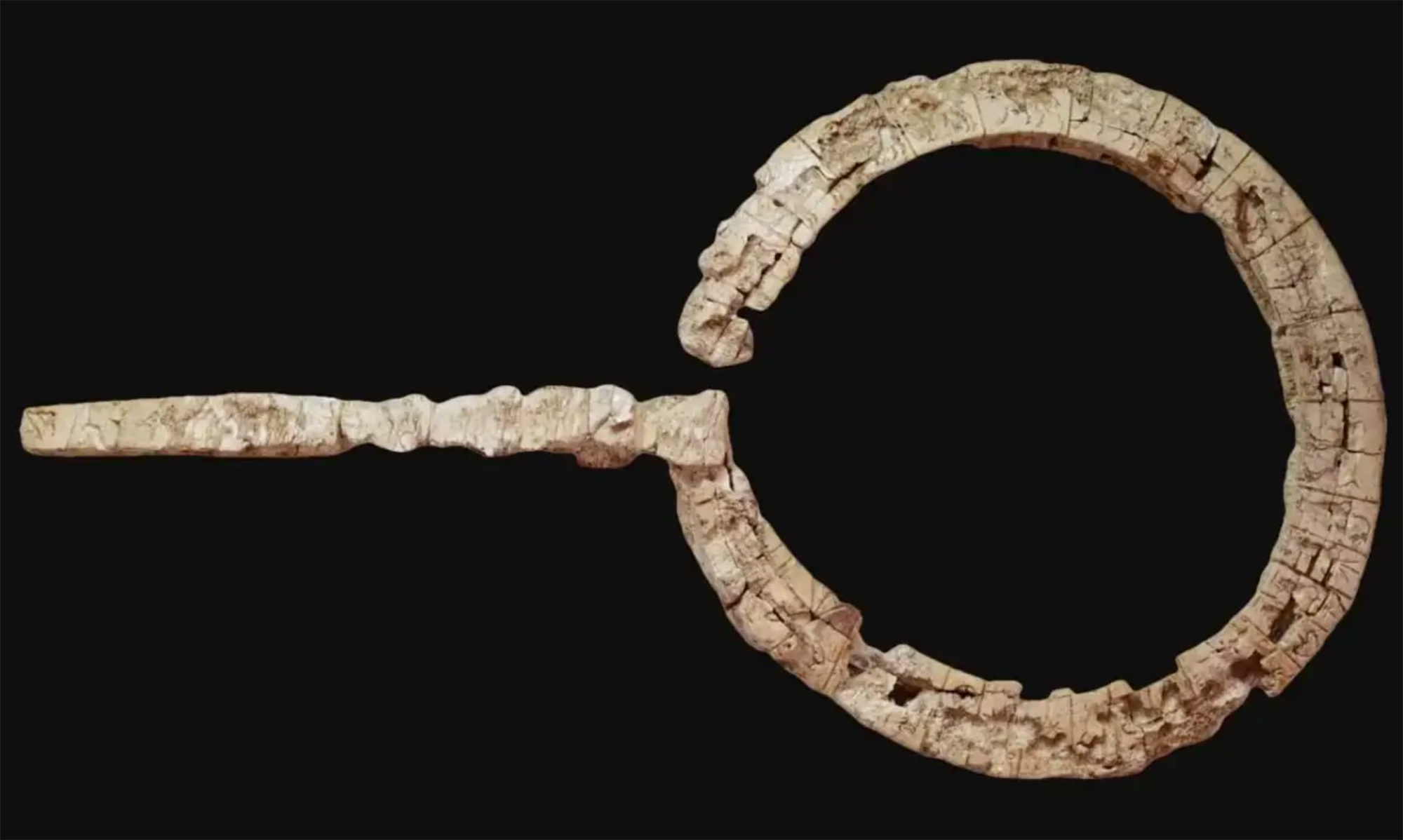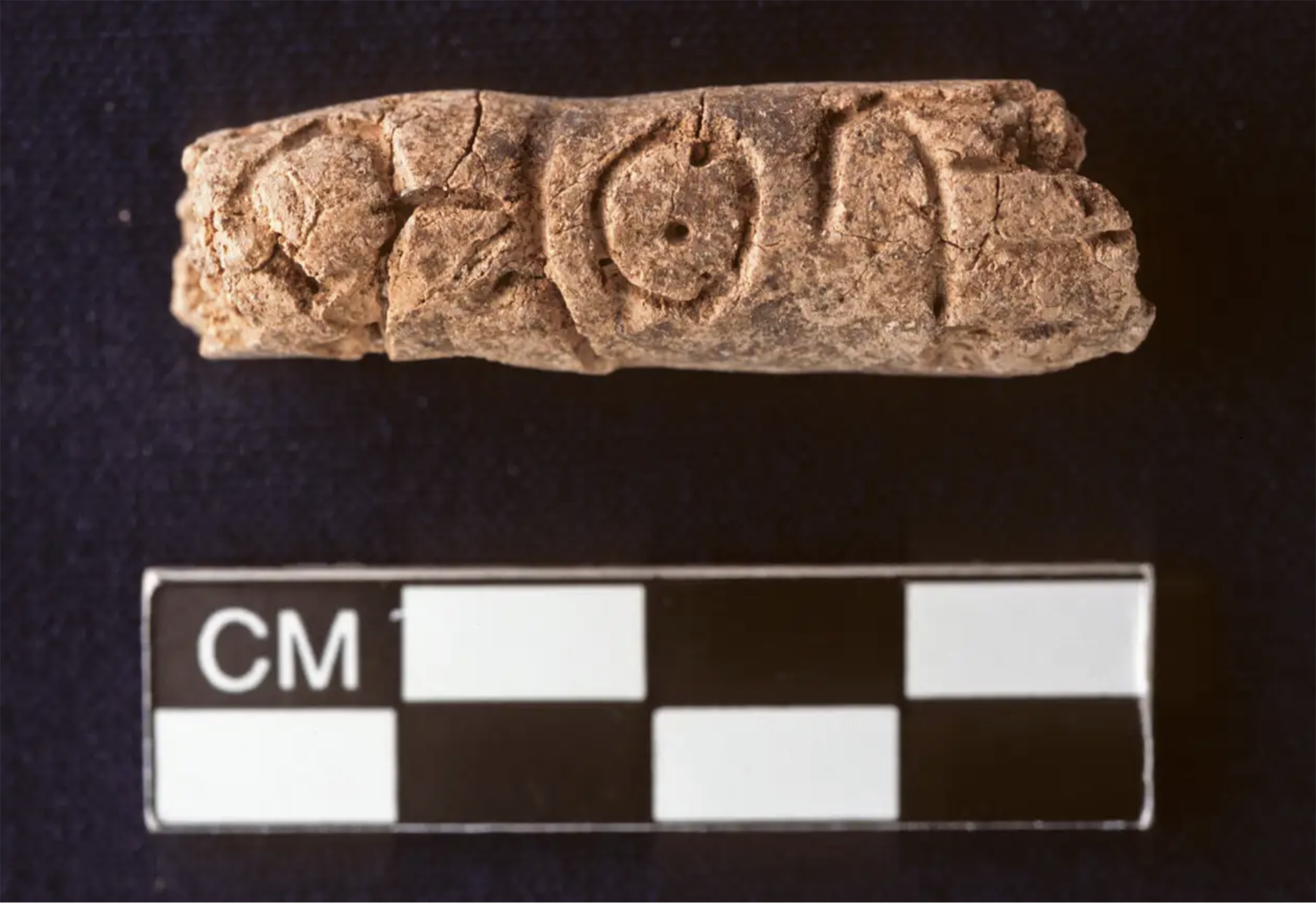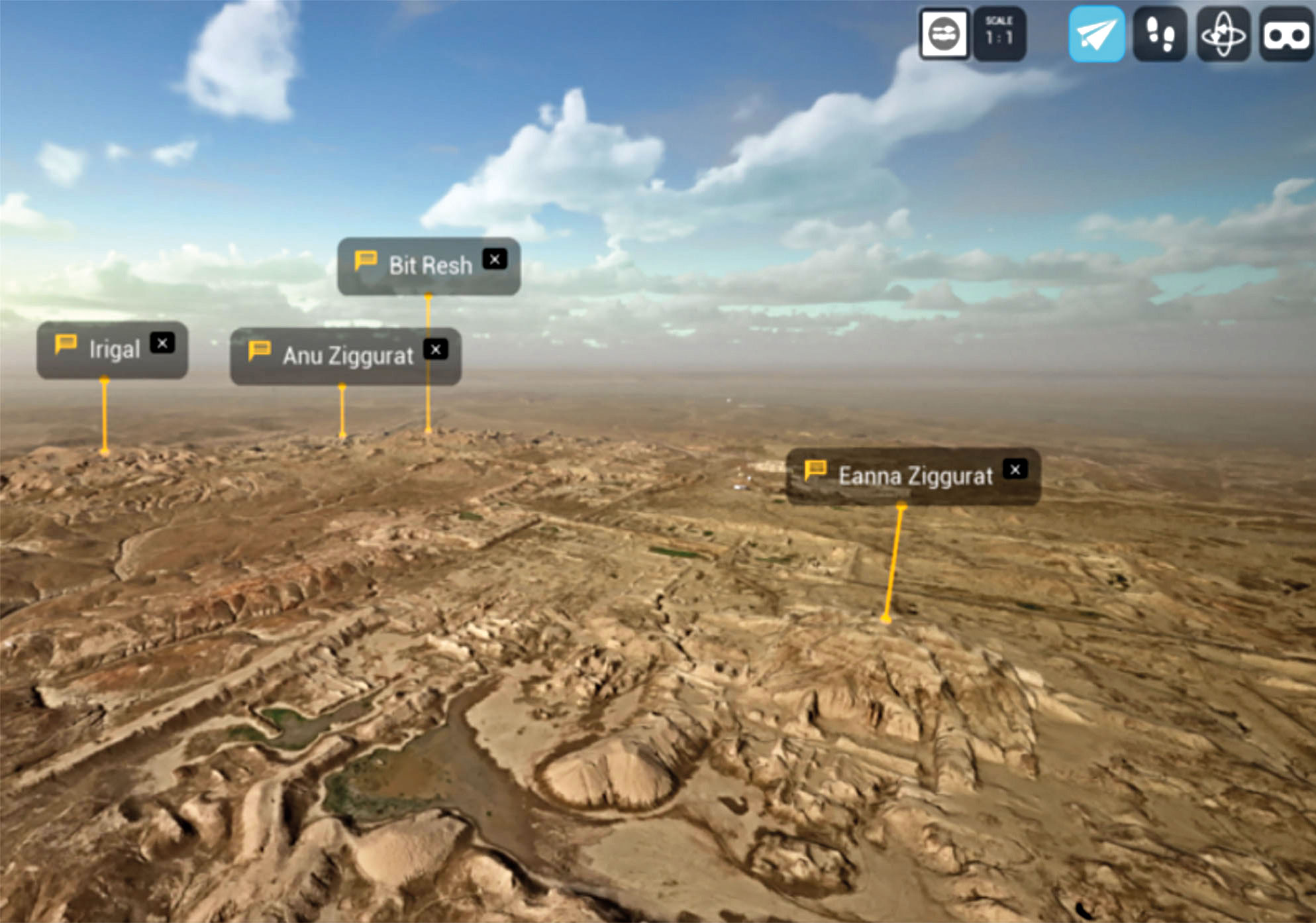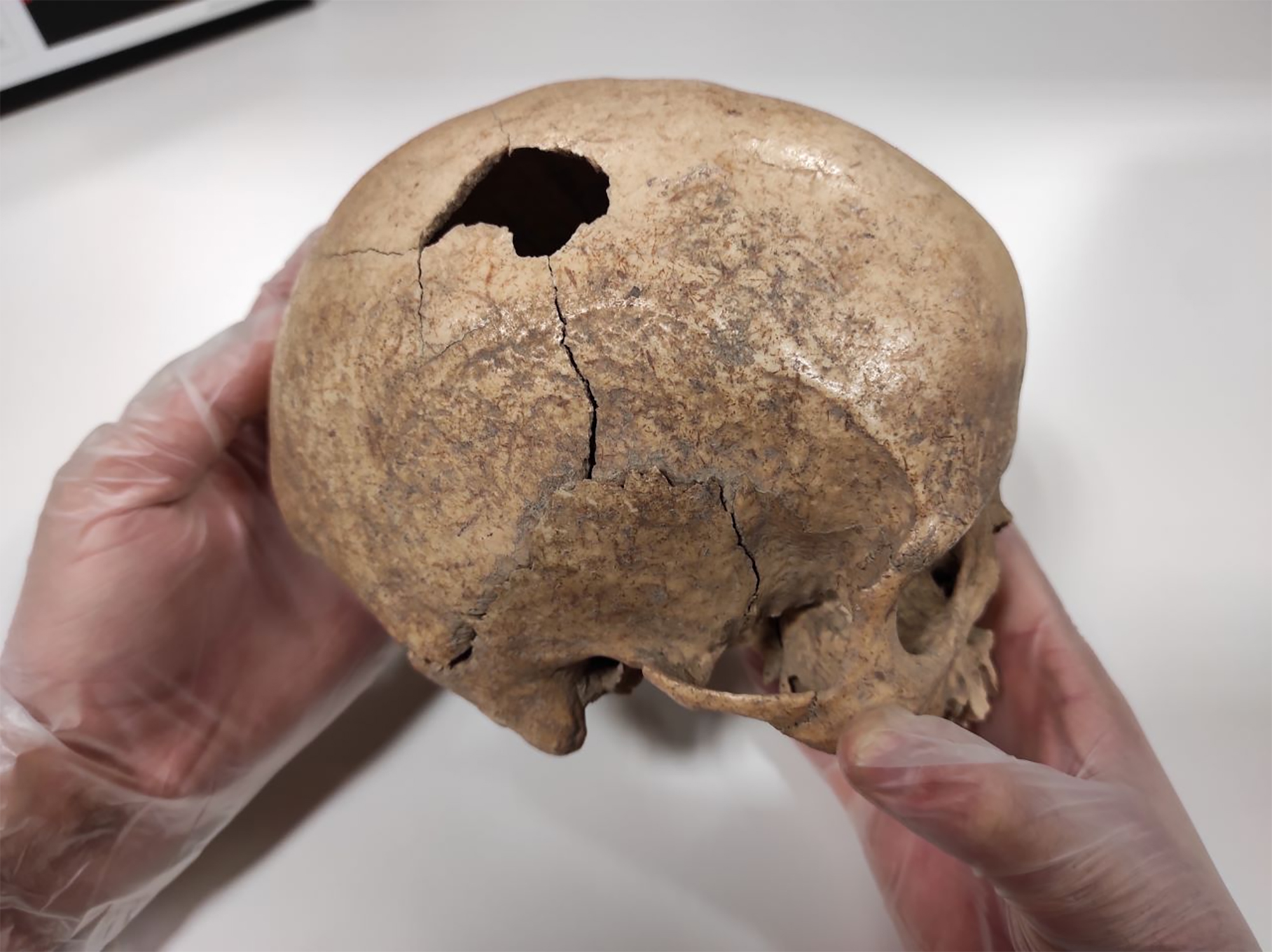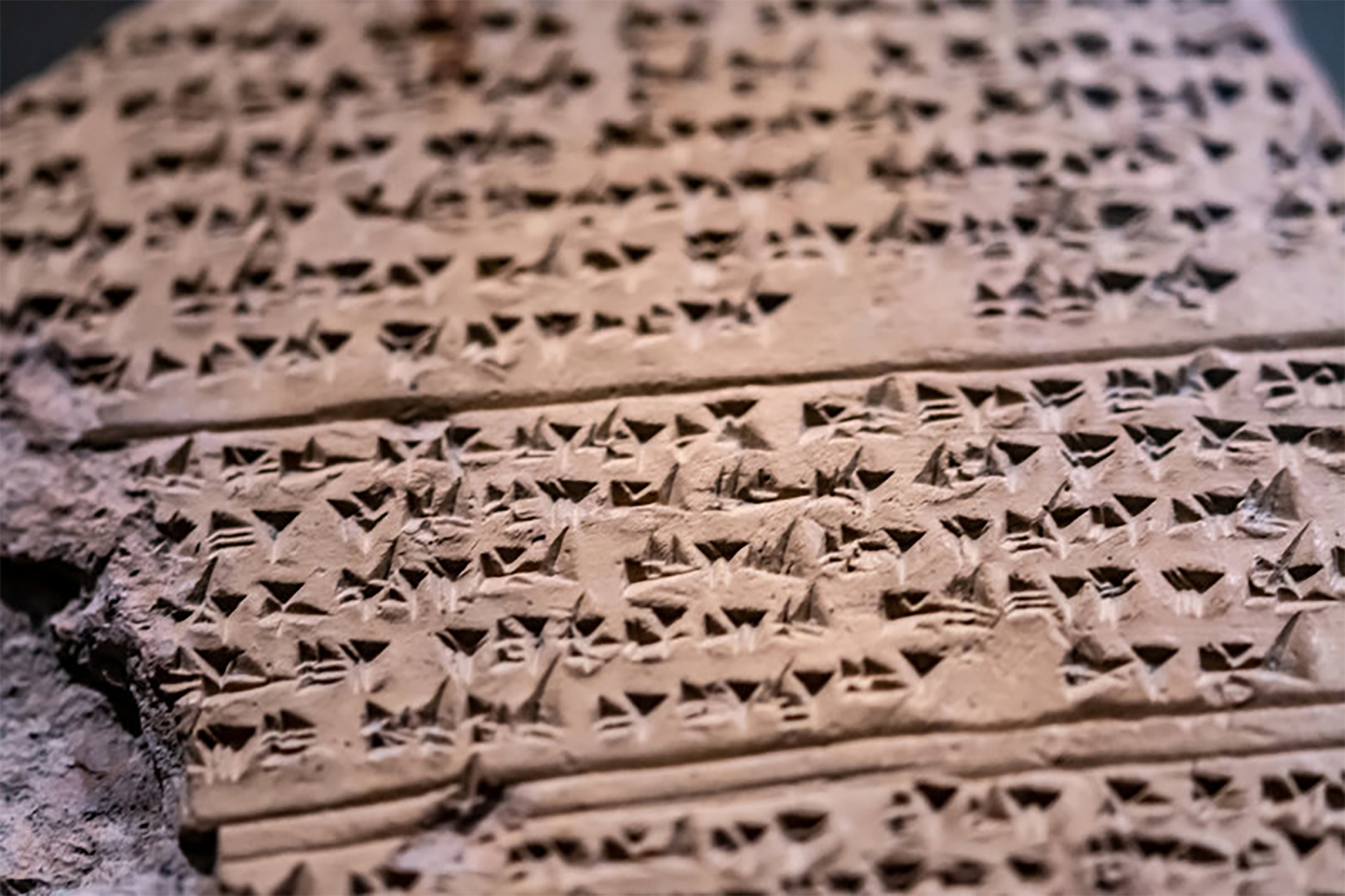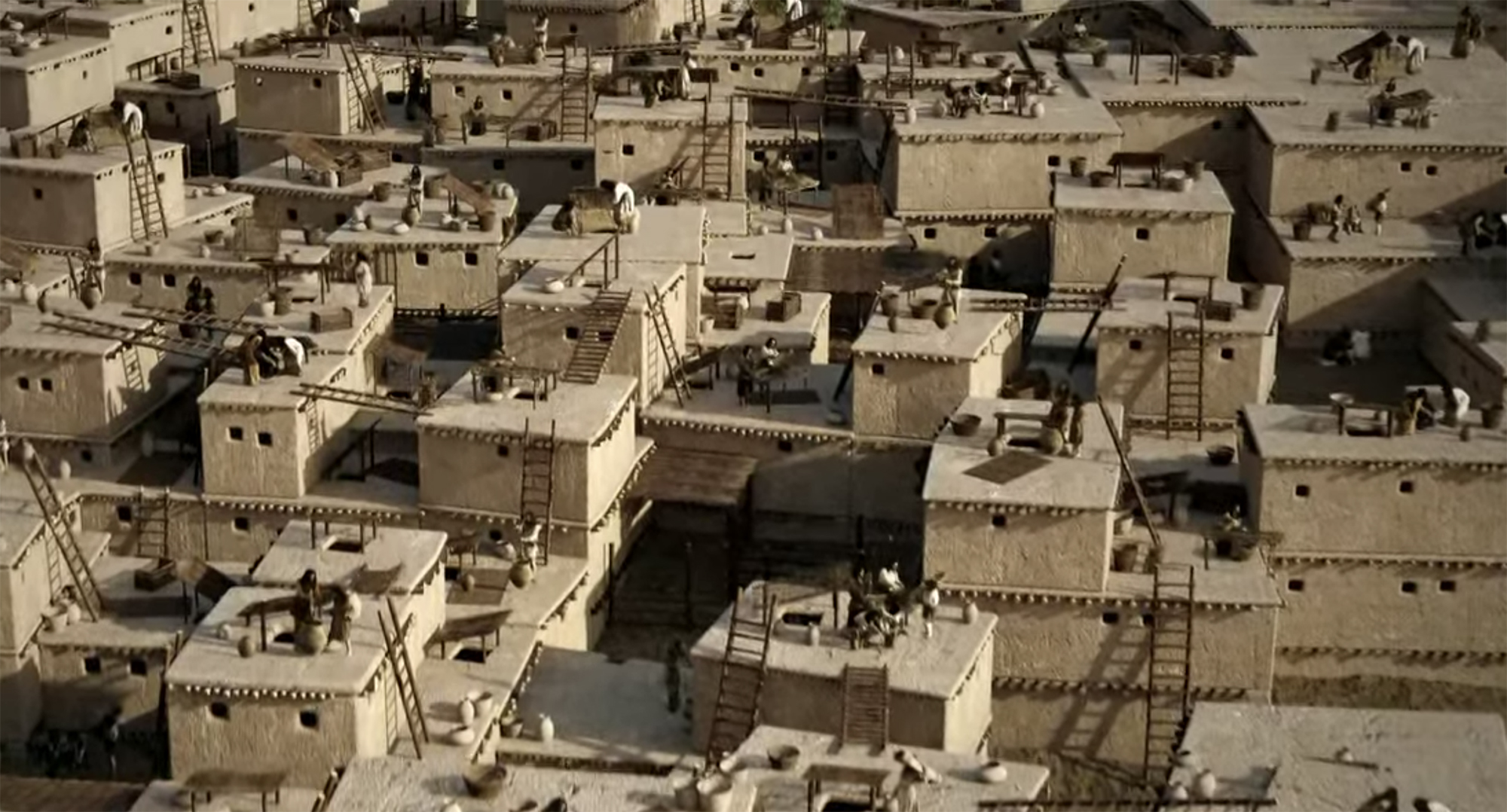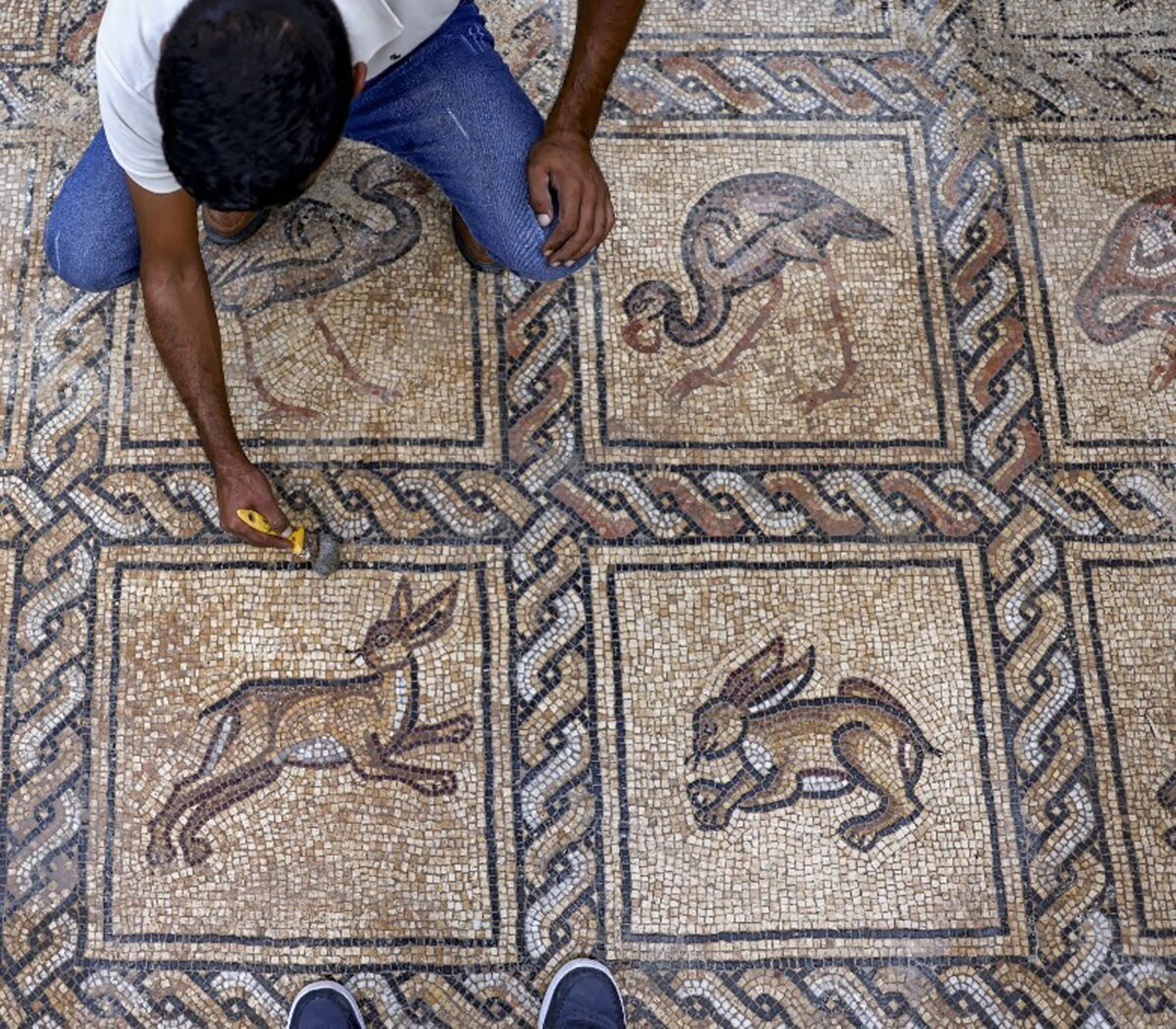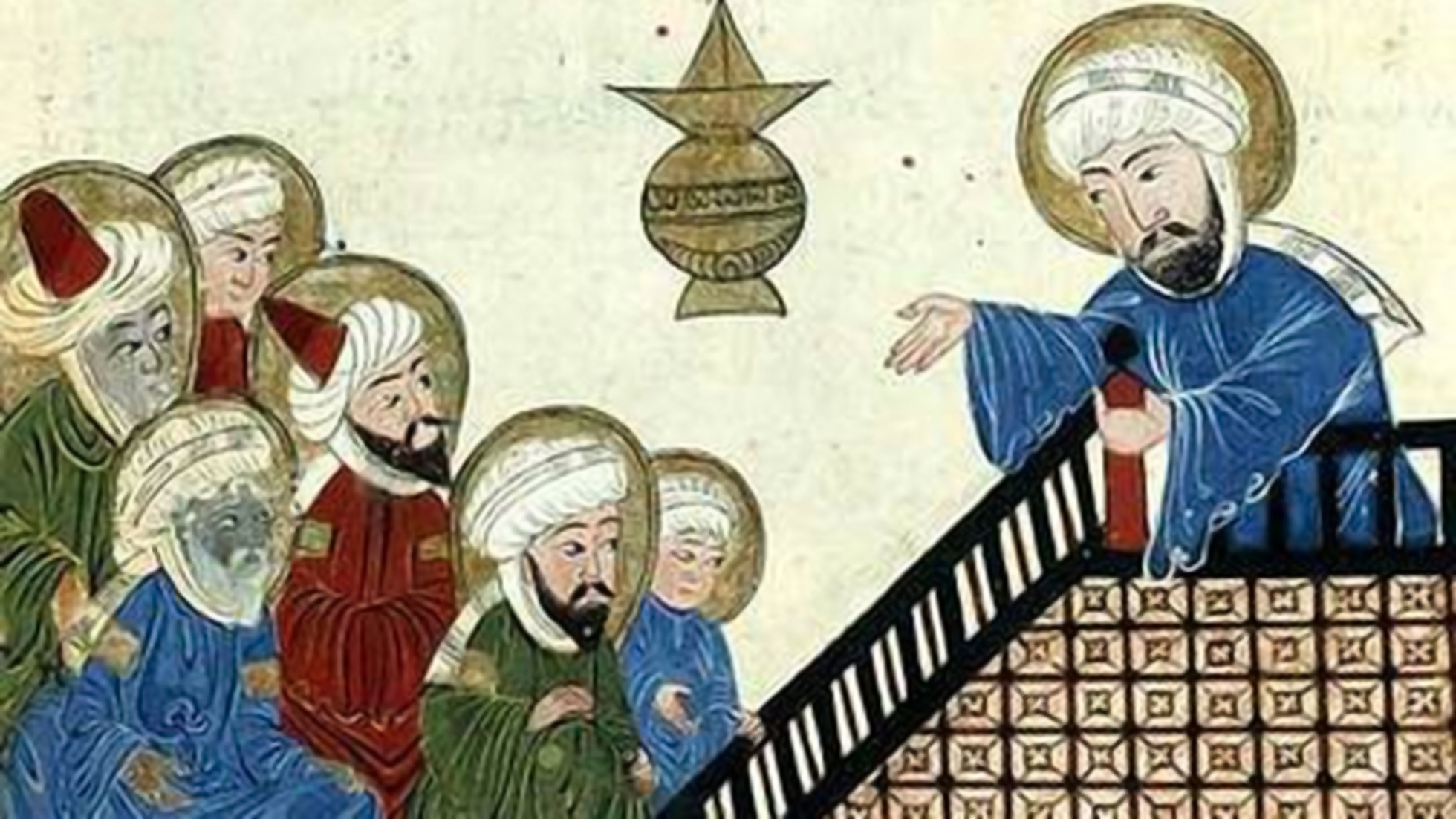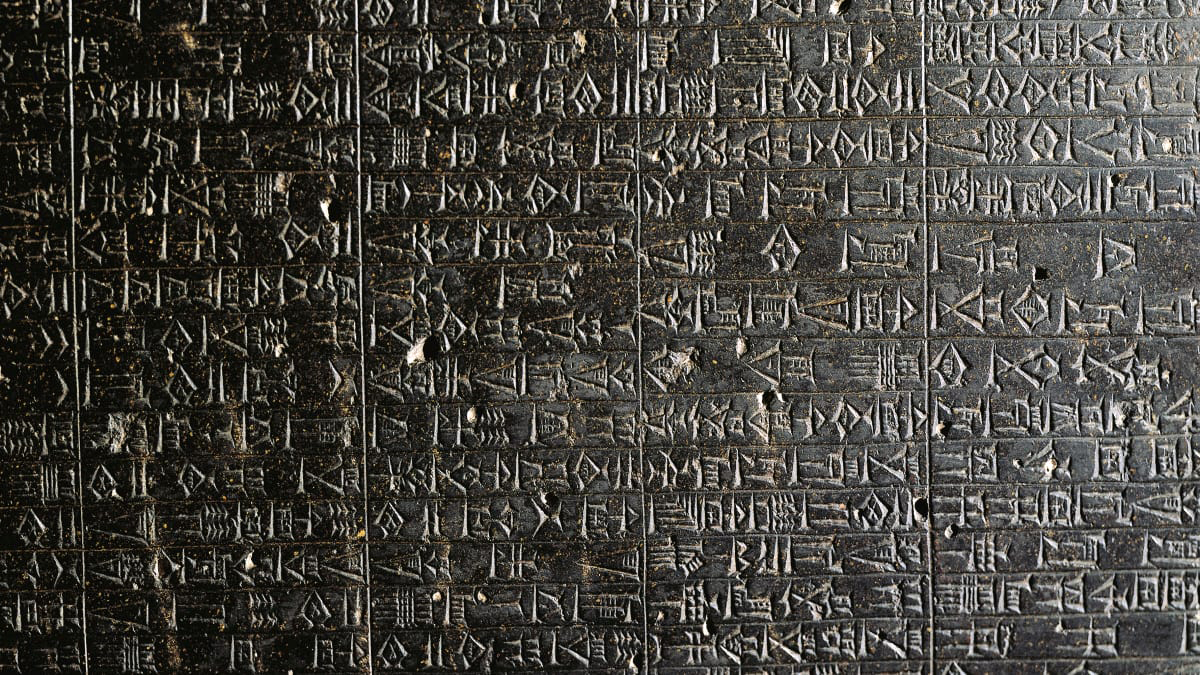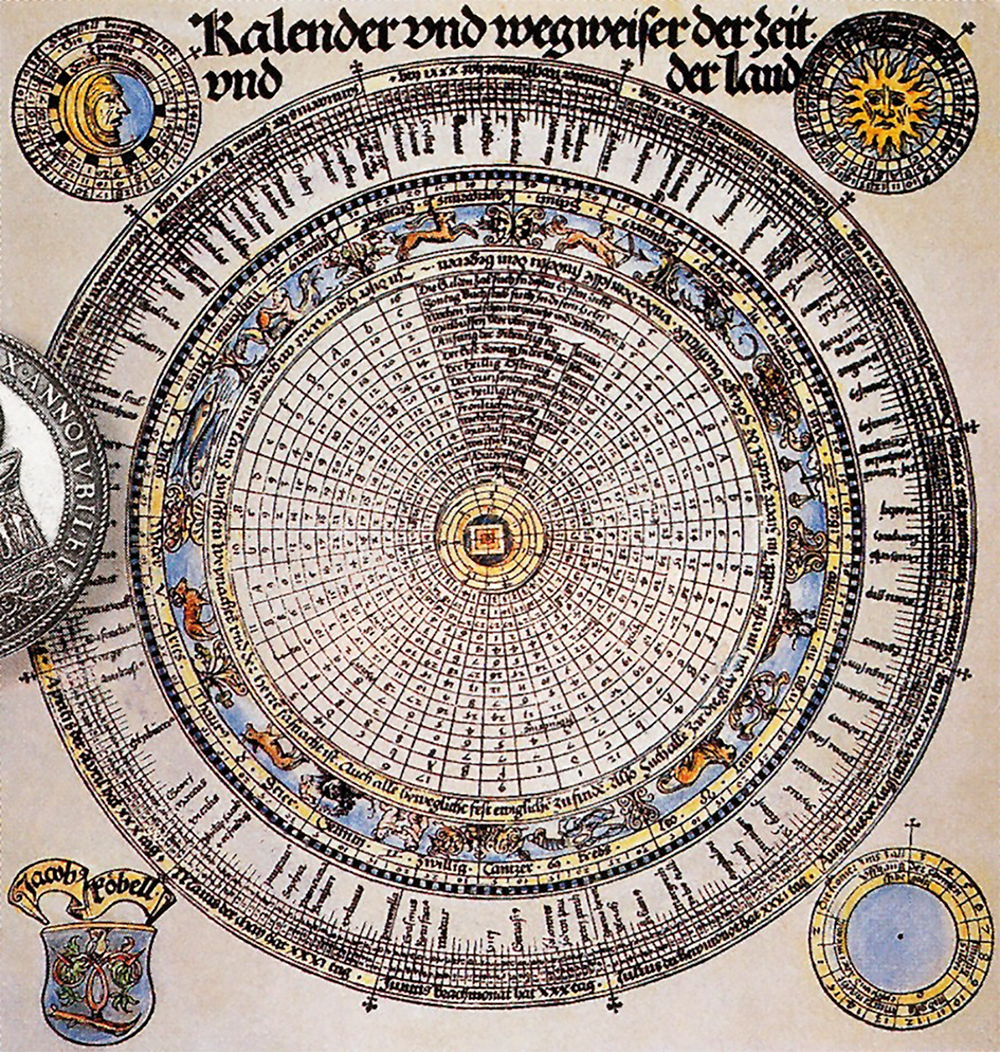600 Year Meteorite Shadow
- Jordan basin 3,600 years ago. The explosion of a meteorite destroyed the city of the Bronze Age, Tall El-Hammam. This is what a group of archaeologists at the University of California have deduced from studying the site south of the Jordan Valley, as they have recently explained in the journal Nature.
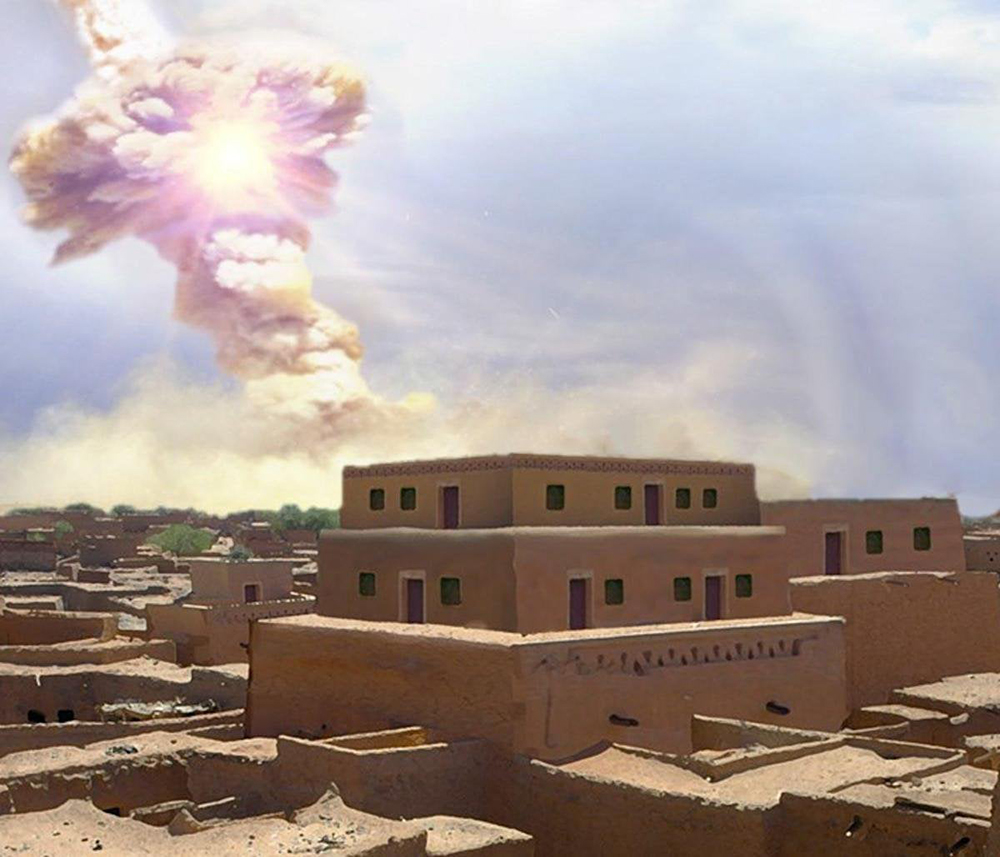
Unusual materials such as platinum, iridium, gold, zirconia and chromite have been found in the layer corresponding to this period. Furthermore, it has been found that building materials and pottery endured temperatures above 2,000 degrees, when humans were unable to provoke such temperatures. Quartz has been found to be crushed, although it is a very hard material, with human bones fully fragmented and with plant debris converted into microdiamonds. And taking all these tests into account, they've redone what happened 3,600 years ago.
Tall El-Hammam was a large city of 8,000 inhabitants, much larger than the old Jerusalem, the most important economic centre in the area. The inhabitants did not even see with certainty the 50-meter diameter boulder, as it approached them at 61,000 km/h. The icy rock lit up as it joined the atmosphere and exploded about 4 kilometers high. Within a few seconds, a shock wave reached the city, causing a wind of 1,200 km/h. Thus, in a few seconds the explosion totally destroyed the city and its inhabitants, and in a few minutes the destruction spread around 25 km, including the city of Jeri, 22 kilometres away.
Over the next six centuries, the city and 120 other villages around it remained abandoned. The meteorite caused a hypersalinity of the land and waters of the area, preventing agricultural activity, from which the high degree of salinity of the Dead Sea is also believed to come. The population grew very little in these centuries and returned to a semi-nomadic life based on livestock. The consequences of what happened in those few seconds would extend for 600 years.
Linear A is a Minoan script used 4,800-4,500 years ago. Recently, in the famous Knossos Palace in Crete, a special ivory object has been discovered, which was probably used as a ceremonial scepter. The object has two inscriptions; one on the handle is shorter and, like most of... [+]
Researchers at Johns Hopkins University have discovered several cylinders with inscriptions at the present Syrian Reservoir, the Tell Umm-el Marra. Experts believe that the signs written in these pieces of clay can be alphabetical.
In the 15th century a. The cylinders have... [+]
It was founded by R about 6,500 years ago. And recently, the archaeologist at the German Institute of Archaeology, Max Haibt, has created the city's "digital twin," using the technology used in video games.
The team has made a three-dimensional record of the 40 square kilometres... [+]











